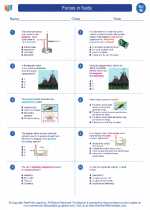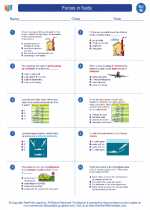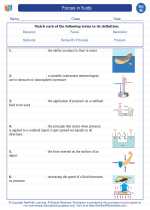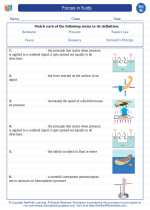Corrosion
Corrosion is a natural process that occurs when metals are oxidized due to exposure to various environmental factors. This process can lead to the deterioration of metal structures and objects, causing potential safety hazards and financial losses.
Causes of Corrosion
Corrosion can be caused by several factors, including:
- Moisture: Water and humidity can promote the corrosion of metals by facilitating the oxidation process.
- Oxygen: The presence of oxygen in the atmosphere can lead to the oxidation of metals, contributing to corrosion.
- Chemicals: Exposure to certain chemicals, such as acids and salts, can accelerate the corrosion of metals.
- Electrolytes: Substances that conduct electricity, such as saltwater, can increase the rate of corrosion by facilitating the flow of electrons.
Types of Corrosion
There are several types of corrosion, including:
- Uniform Corrosion: This type of corrosion occurs uniformly across the surface of the metal.
- Galvanic Corrosion: This occurs when two different metals are in contact in the presence of an electrolyte, leading to accelerated corrosion of one of the metals.
- Pitting Corrosion: Pitting corrosion leads to the formation of small pits or craters on the metal surface, which can weaken the material.
- Crevice Corrosion: Corrosion that occurs in narrow gaps or crevices where stagnant conditions can promote accelerated corrosion.
Prevention and Control
Several methods can be employed to prevent and control corrosion, including:
- Protective Coatings: Applying paints, varnishes, or other protective coatings to the metal surface can create a barrier against environmental factors that promote corrosion.
- Galvanization: Coating the metal with a layer of zinc can provide sacrificial protection, as the zinc corrodes instead of the underlying metal.
- Alloying: Mixing metals to form alloys can improve their resistance to corrosion.
- Cathodic Protection: Using sacrificial anodes or impressed current to protect metal structures from corrosion.
Study Guide
When studying corrosion, it's important to understand the causes, types, and prevention methods. Make sure to review the following key points:
- Describe the environmental factors that contribute to corrosion.
- Explain the different types of corrosion and their effects on metal structures.
- Discuss the various methods used to prevent and control corrosion.
- Give examples of real-world applications where corrosion prevention is crucial, such as in the construction and transportation industries.






